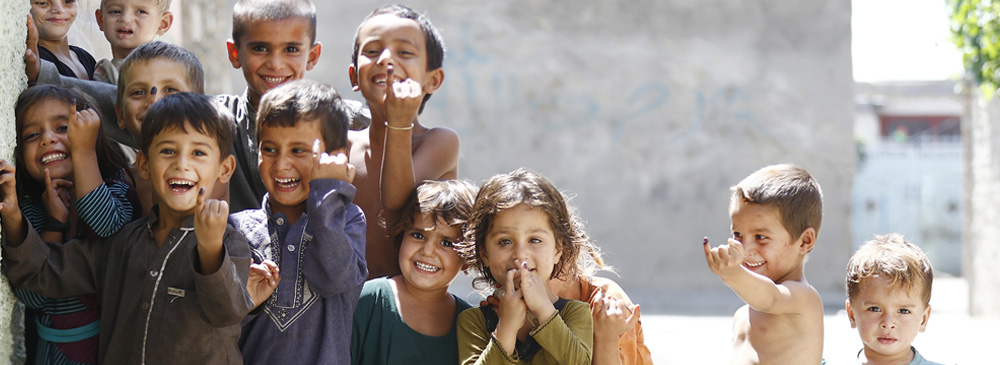
10 October 2022 – Each of the 22 countries and territories in the Region has its own story of determination, diplomacy, creativity, optimism and success in working towards realizing our shared vision of Health for All by All. These stories are highlighted during this year’s Regional Committee.
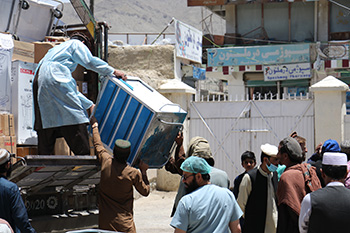 In Afghanistan, where the health needs of the population grew ever more acute following the change of regime in August 2021, 40 million increasingly vulnerable people faced the prospect of a health system on the brink of collapse.
In Afghanistan, where the health needs of the population grew ever more acute following the change of regime in August 2021, 40 million increasingly vulnerable people faced the prospect of a health system on the brink of collapse.
As the world focused on flights out of Afghanistan, WHO was working on how to fly essential medical supplies in. Two weeks after the change of regime, 12.5 million metric tonnes of supplies landed in Mazar-e-Sharif. Since then, 2122 metric tonnes of medicines, medical supplies and equipment have been flown in and distributed as WHO and donors spared no effort to keep vital health services operational.
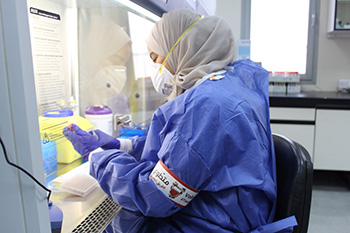 In Bahrain, the National Public Health Laboratory (NPHL) had worked for more than a decade before the outbreak of the COVID-19 pandemic to strengthen capacity and public health emergency readiness, advocating for strengthening partnerships and the mobilization of resources, and fostering innovation.
In Bahrain, the National Public Health Laboratory (NPHL) had worked for more than a decade before the outbreak of the COVID-19 pandemic to strengthen capacity and public health emergency readiness, advocating for strengthening partnerships and the mobilization of resources, and fostering innovation.
When the pandemic hit, the laboratory network was able to quickly scale-up testing from 3000 tests per day to 25 000, while creative solutions allowed NPHL to increase its workforce from two to 250 technicians.
NPHL’s strategy made widespread testing possible from the outset of the pandemic, protecting community health and well-being in Bahrain, while partnerships with other laboratories, government ministries and national and global bodies such as WHO amplified the effectiveness of all stakeholders.
Vaccination to save lives
 In January 2022, two decades after Djibouti was declared polio-free, environmental samples tested positive for circulating vaccine-derived poliovirus (cVDPV). Within a month, Djibouti had launched a two-round campaign to administer novel oral polio vaccine type 2 (nOPV2) to children aged under five. By the end of the second round, 153 189 out of 156 194 children targeted had been vaccinated, resulting in a 98% coverage.
In January 2022, two decades after Djibouti was declared polio-free, environmental samples tested positive for circulating vaccine-derived poliovirus (cVDPV). Within a month, Djibouti had launched a two-round campaign to administer novel oral polio vaccine type 2 (nOPV2) to children aged under five. By the end of the second round, 153 189 out of 156 194 children targeted had been vaccinated, resulting in a 98% coverage.
During the second round, 378 multidisciplinary vaccination teams received additional training and daily refreshers to ensure they were using best practices, while camels with coolboxes were used to keep the vaccine at the required temperature while accessing remote areas.
Through training, collaboration and creativity, Djibouti provided the best possible protection against polio for its children.
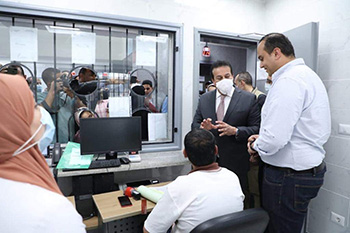 In Egypt, more than 100 million citizens stand to benefit from a streamlined and responsive healthcare system thanks to the country’s embrace of digital transformation to advance towards universal health coverage.
In Egypt, more than 100 million citizens stand to benefit from a streamlined and responsive healthcare system thanks to the country’s embrace of digital transformation to advance towards universal health coverage.
The authorities have invested heavily in information technology (IT) which is automating key tasks and smoothing care pathways, with data on public health outcomes being analysed to inform decisions about health care planning and resource allocation.
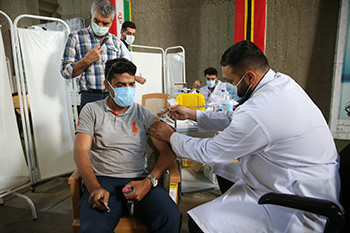 The early months of the COVID-19 pandemic hit the Islamic Republic of Iran hard. In 2020 it registered over 1.2 million cases and more than 55 000 deaths. But once vaccines were available, the country transformed the situation.
The early months of the COVID-19 pandemic hit the Islamic Republic of Iran hard. In 2020 it registered over 1.2 million cases and more than 55 000 deaths. But once vaccines were available, the country transformed the situation.
An enormously successful vaccination campaign, covering all the country’s 31 provinces, meant that by the end of 2021 more than 50 million people had been fully vaccinated, including more than 2.5 million Afghan nationals who had arrived in the Islamic Republic of Iran as refugees or undocumented individuals.
By January 2022, more than 75% of the eligible population had received two doses of the vaccine, exceeding WHO’s global target of 70% population coverage by mid-2022.
Hospitalization and deaths due to COVID-19 fell significantly, demonstrating that a resilient health system can achieve ambitious goals fast in an emergency.


